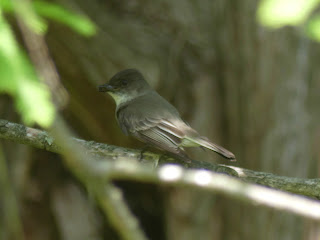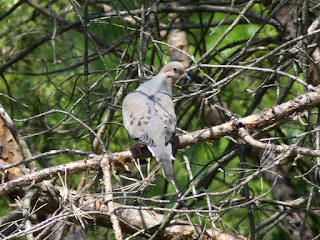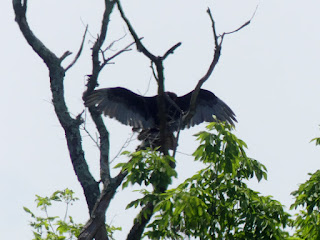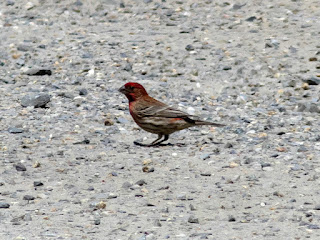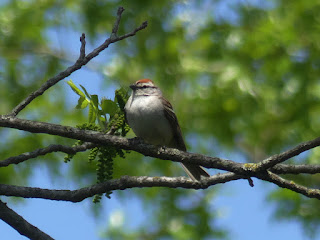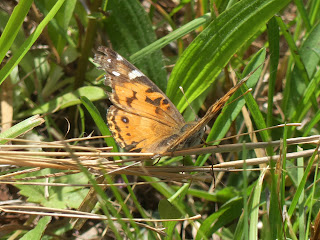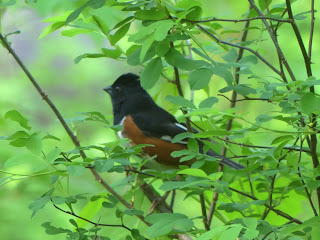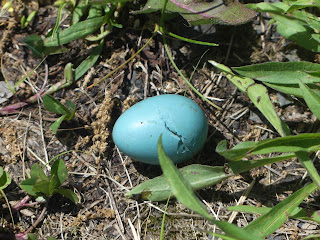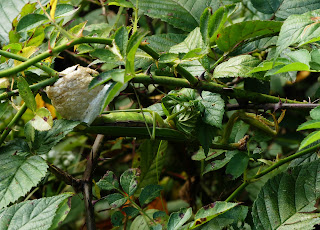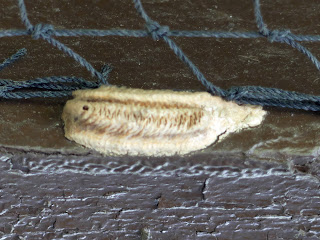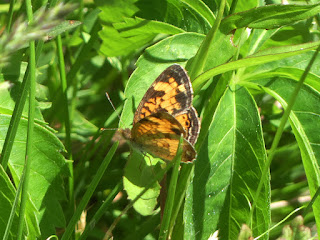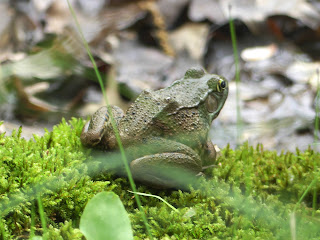Another American Lady
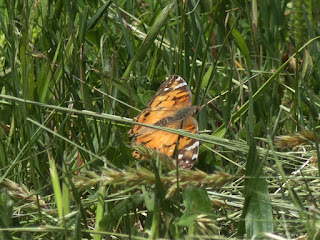
We're pretty close to the middle of winter, so maybe you're craving warmer weather; here's another American Lady I met last spring. Normally I'd talk about the difference between them and their slightly more common cousins, the Painted Ladies , but since I did that a couple weeks ago I'll skip it this time. American Lady adults cannot survive New Jersey winters. They can survive the winters in some areas as larvae (caterpillars), though it sounds like it's unclear whether they can survive the New Jersey ones [1]. That means when you see American Ladies in New Jersey: Either they were able to hibernate up here when they were caterpillars, Or they recolonized New Jersey from a warmer southern area. Given I saw this 1 in May, I doubt they would have had a long migration; presumably the wintered as caterpillars fairly close to New Jersey. If they couldn't survive historic New Jersey winters, perhaps they soon will be able to as our winters seem to be getting m



